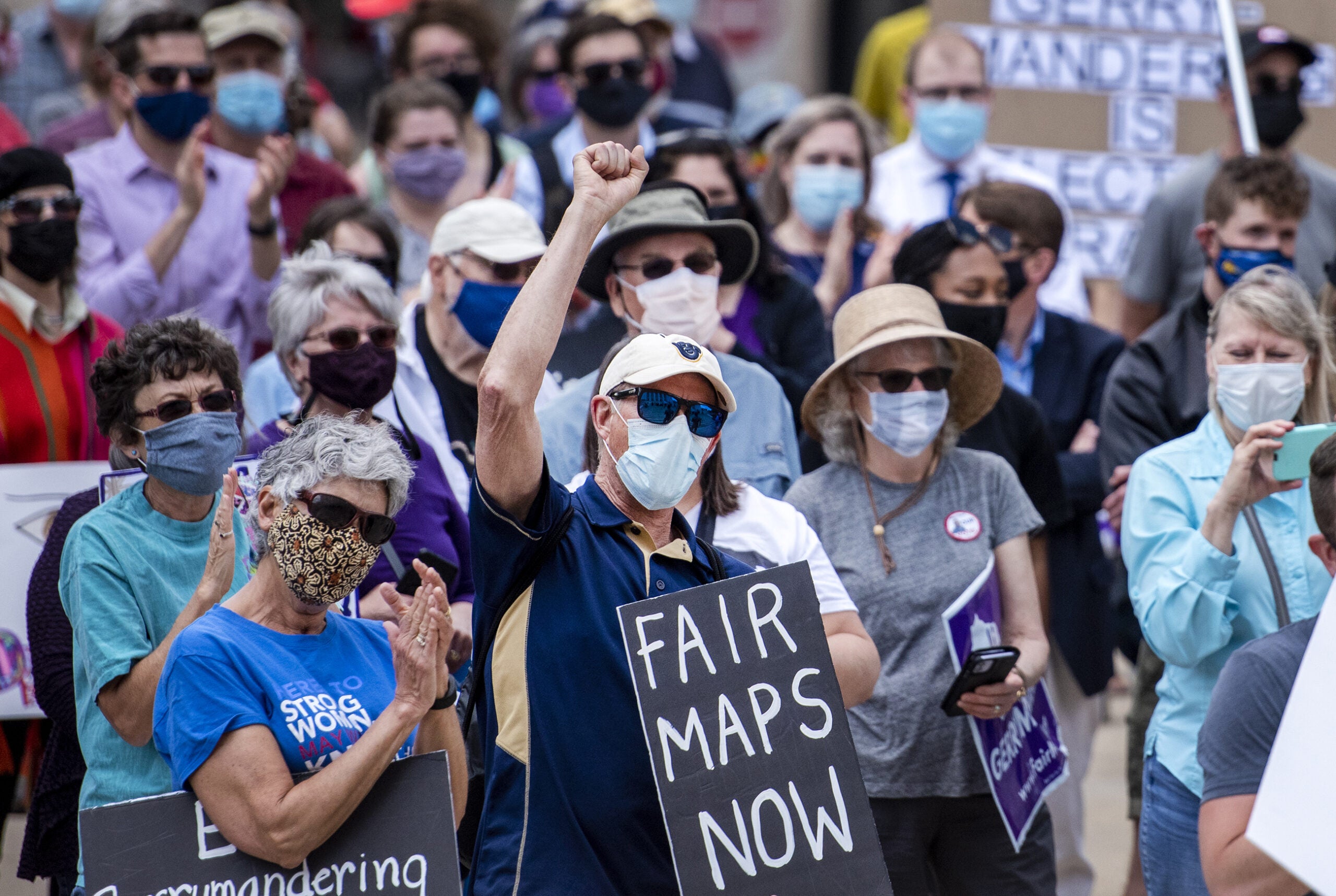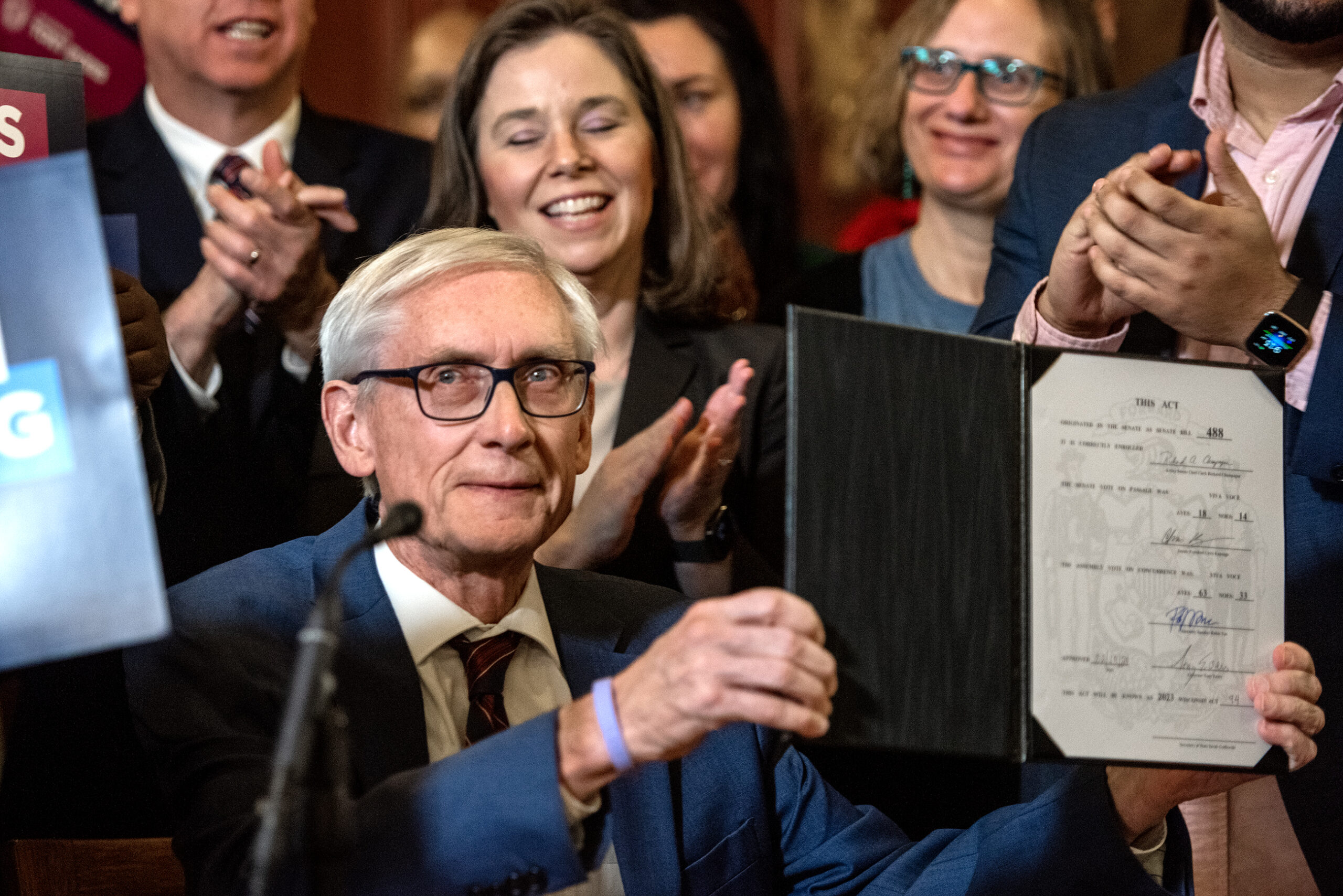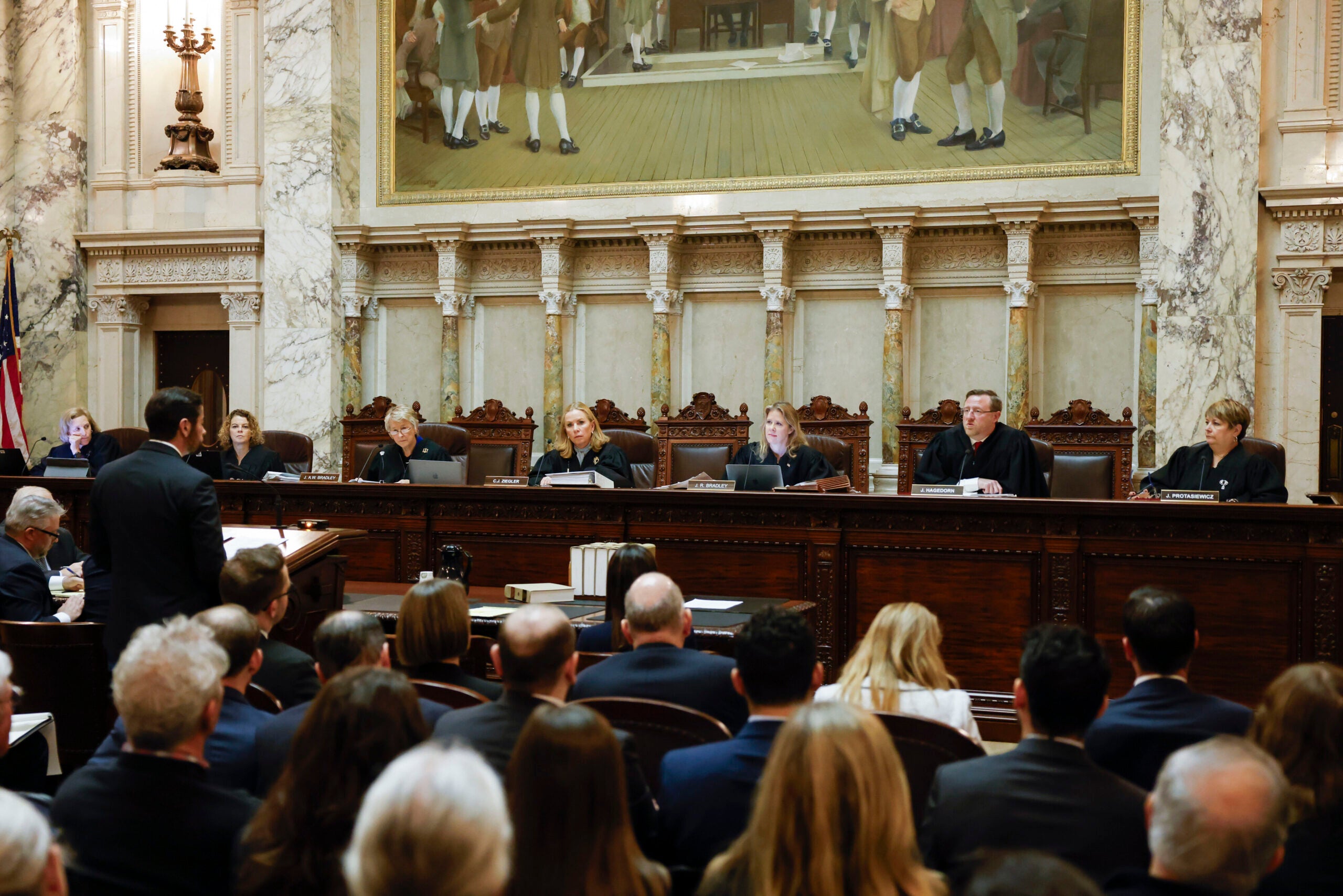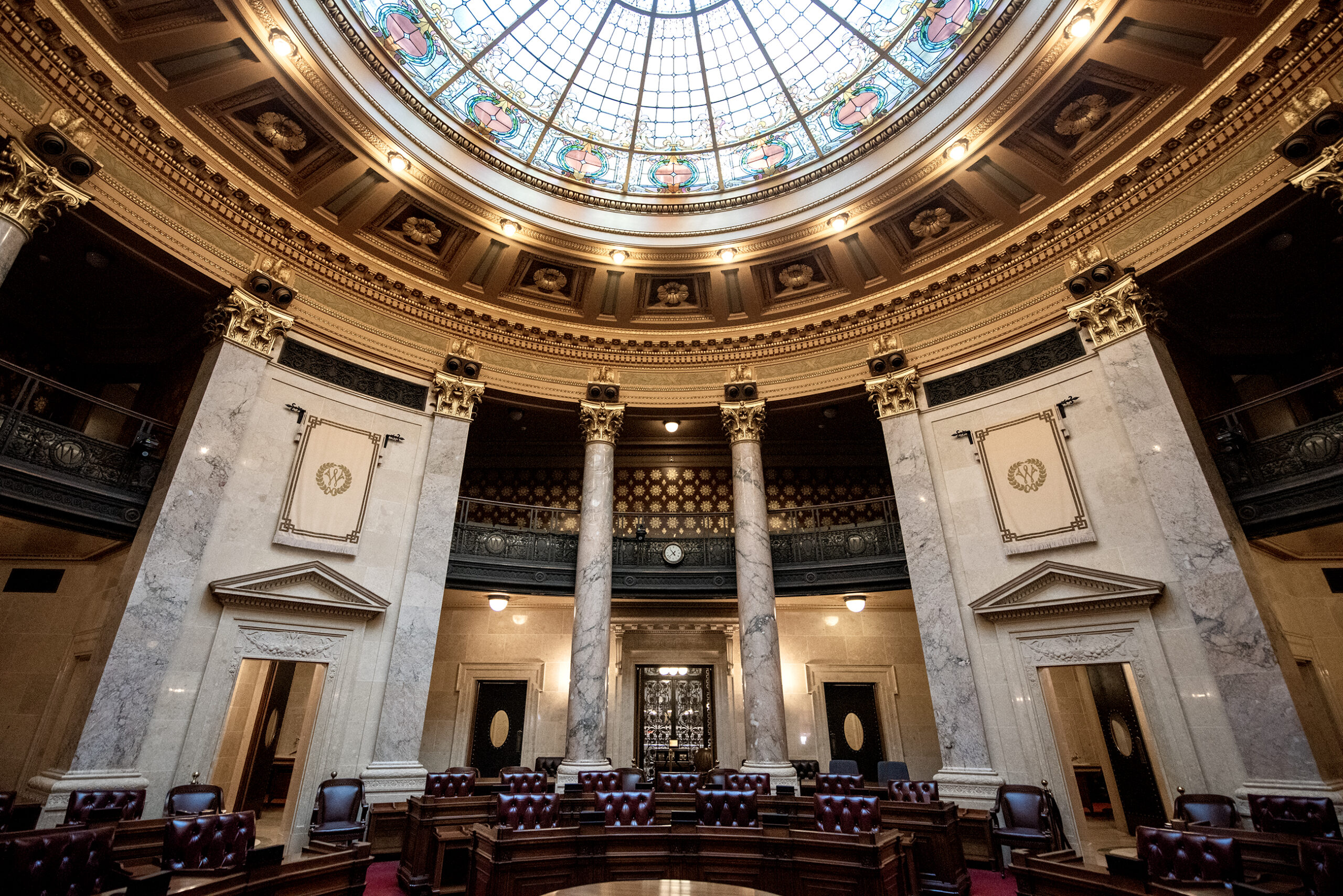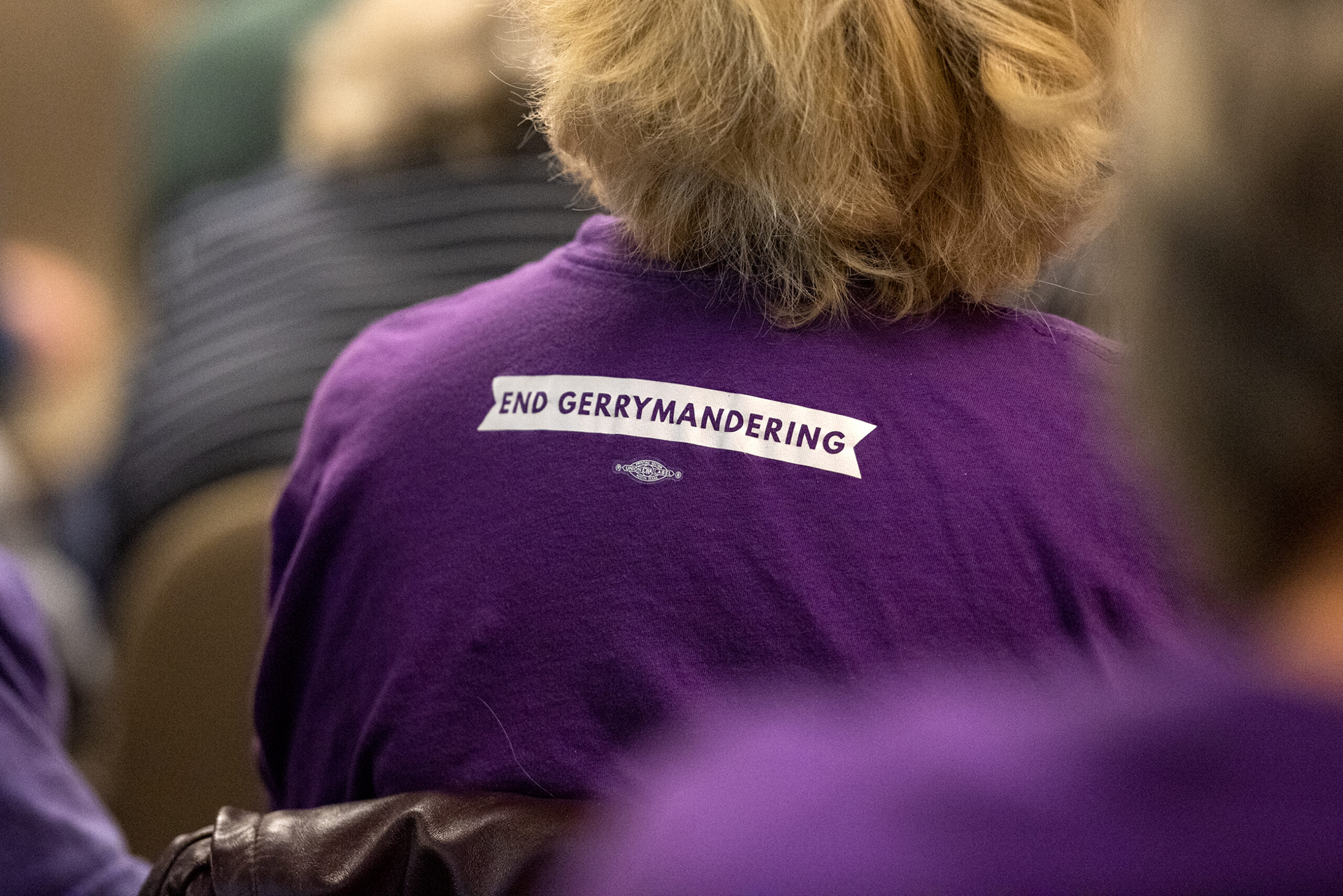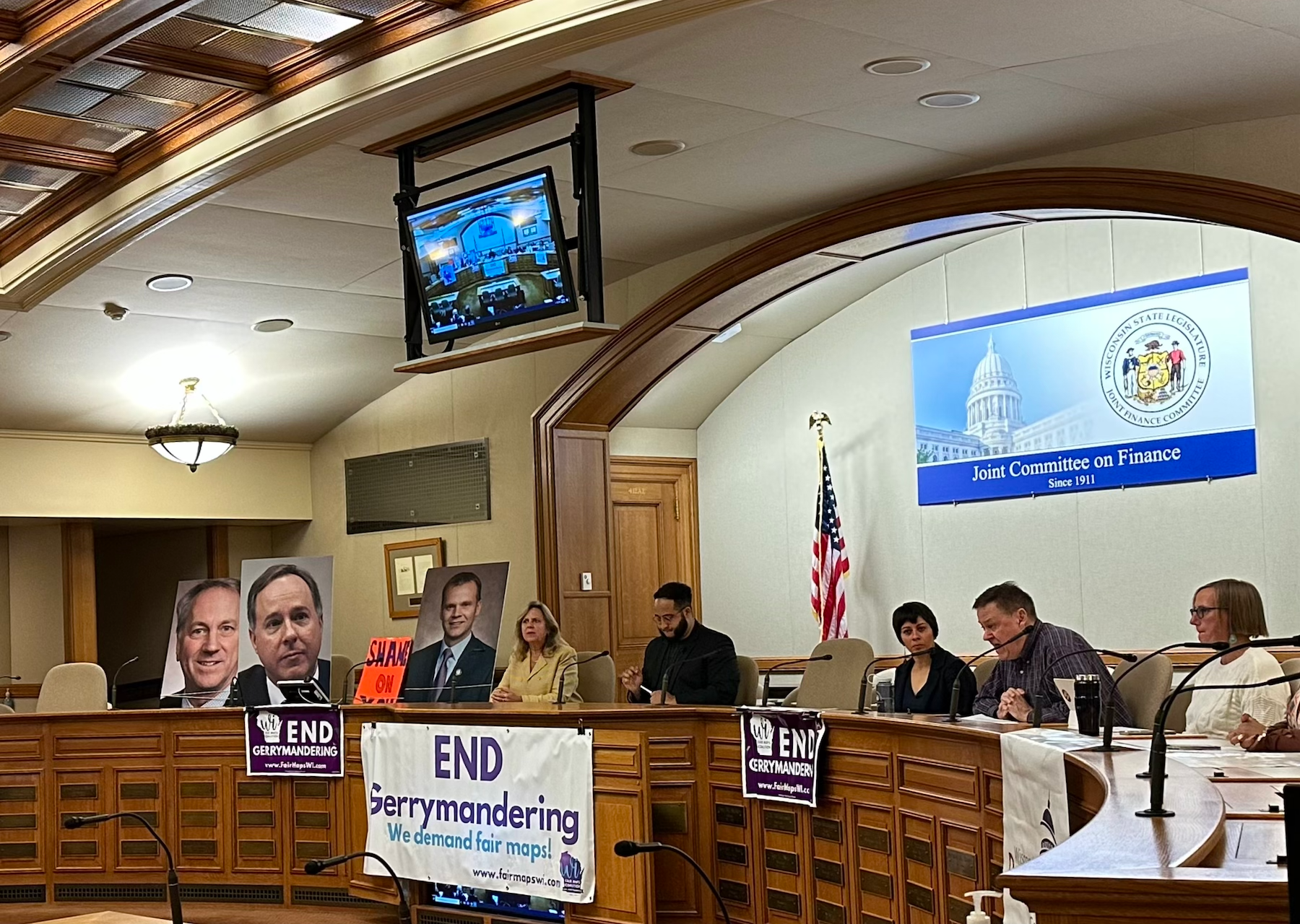The process of drawing new political district maps, also known as redistricting, is a once-in-a-decade undertaking that’s currently in progress in Wisconsin. The process begins with the release of new U.S. census data, which was handed over to states in August. The new political lines could determine how much control Republicans continue to hold in state government and Wisconsin’s Congressional delegation until 2031.
Here’s how the process works and where it stands right now in Wisconsin:
How is redistricting handled in Wisconsin?
Stay informed on the latest news
Sign up for WPR’s email newsletter.
Unlike other states with special commissions or other appointed governmental bodies that handle mapmaking, redistricting follows the same process as lawmaking in Wisconsin: a bill is introduced that outlines the new maps, it’s debated before the Legislature, lawmakers approve it and then send it to the governor for his signature.
The state Legislature handles maps for state legislative offices and Wisconsin’s Congressional districts. Local governments, like city and county boards, oversee maps for their political districts — some local governments are trying out new processes this year that they say are less influenced by politicians.
Have the new maps been introduced as legislation yet?
Yes. Republican lawmakers who control the state Legislature unveiled their bills for new state legislative districts and Congressional districts last week.
What was the response to the GOP proposal?
Republicans said their map is fair and follows traditional redistricting principles. Democrats and a number of nonpartisan groups have decried the proposed districts as partisan gerrymandering that gives Republicans too much of an advantage in future Wisconsin elections.
Gov. Tony Evers has indicated he will not sign the proposed maps into law unless Republicans change up their proposal.
When is the Legislature expected to vote on the maps?
There is a public hearing at the state Capitol on the proposal on Thursday. After that, a committee will vote to send the maps to the full state Assembly and Senate floors. Assembly Speaker Robin Vos, R-Rochester, has said he expects both chambers to vote on the map proposal before the end of the fall legislative session on Nov. 11.
If the governor vetoes the maps, as expected, what happens? Is this normal?
If Evers vetoes the maps, the mapmaking process will move to the courts. There are already state and federal lawsuits pending in anticipation of a stalemate between the GOP-controlled Legislature and the governor.
Though courts are not officially part of the redistricting process in Wisconsin, they have gotten involved a number of times over the past several decades when there has been split-party control. With the exception of 2011’s process, which happened under unilateral Republican control at the state Capitol, the maps have gone to federal court. The last time the Wisconsin Supreme Court handled a case related to redistricting was in the 1960s, though Republicans are pushing for the court to have jurisdiction over mapmaking this year.
What’s the deadline for the new maps to be in place?
Local officials say new district lines there need to be in place by Dec. 1 to accommodate elections early next year.
For state and federal elections in 2022, candidates would need to know what the new districts will look like by the spring. Required candidate nomination papers for those elections begin circulating in mid-April and must be turned in by June 1.
For more on the history of redistricting in Wisconsin and how it impacts political power in the state, check out WPR’s investigative podcast series, “Mapped Out.”
Wisconsin Public Radio, © Copyright 2024, Board of Regents of the University of Wisconsin System and Wisconsin Educational Communications Board.

